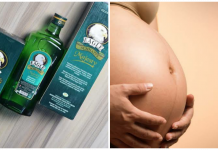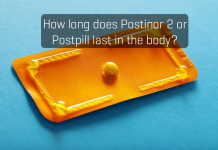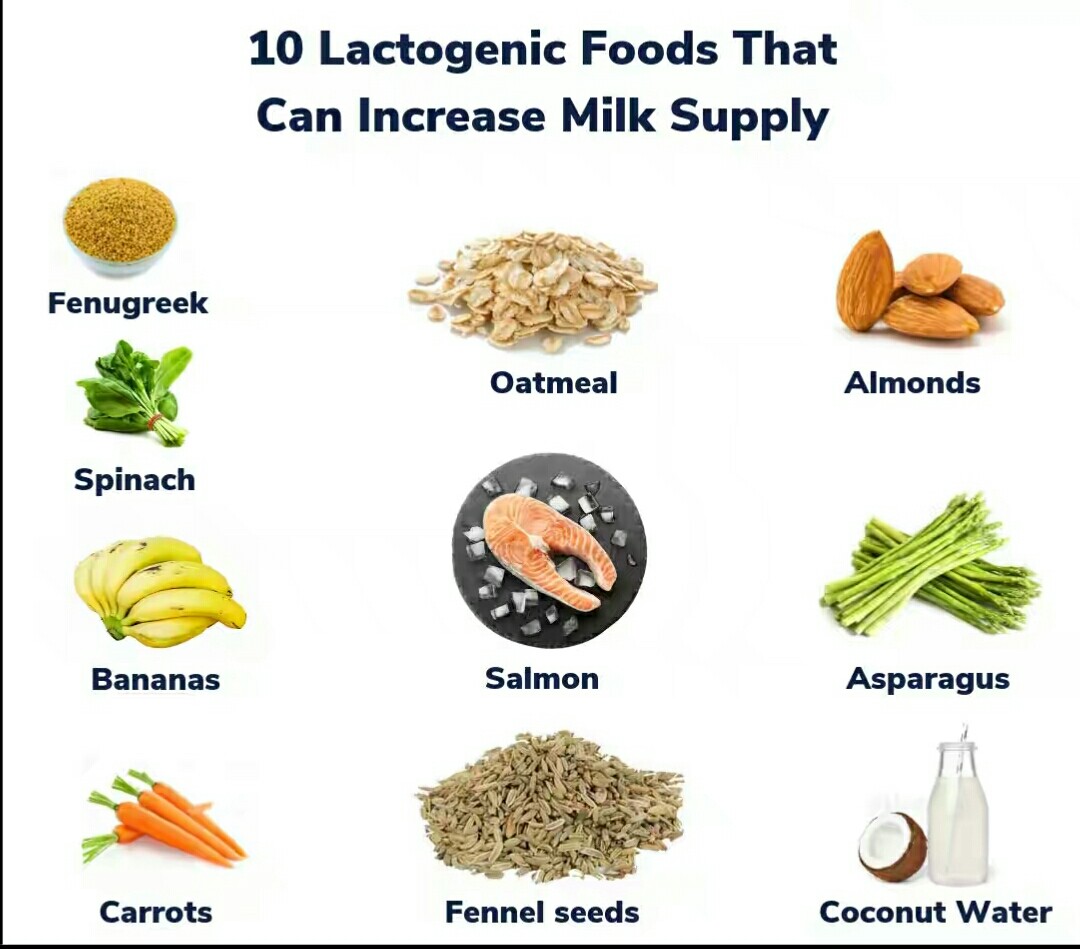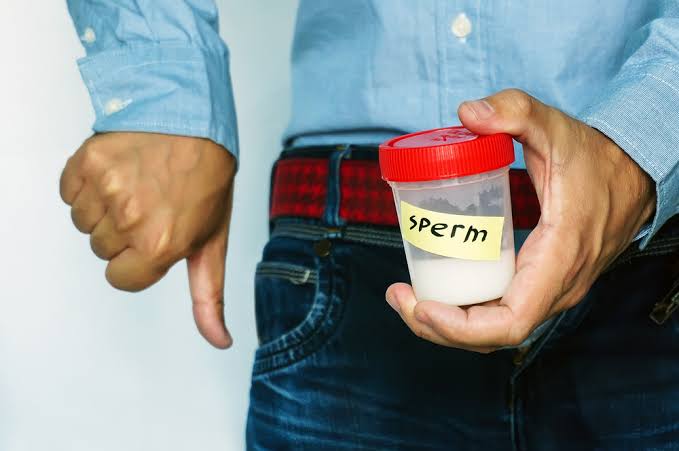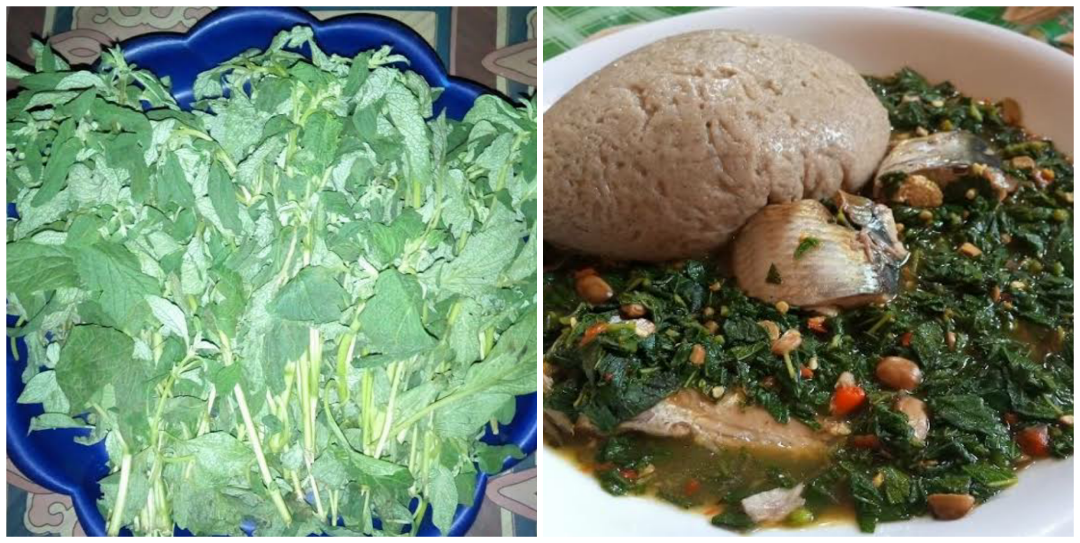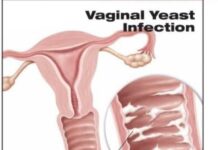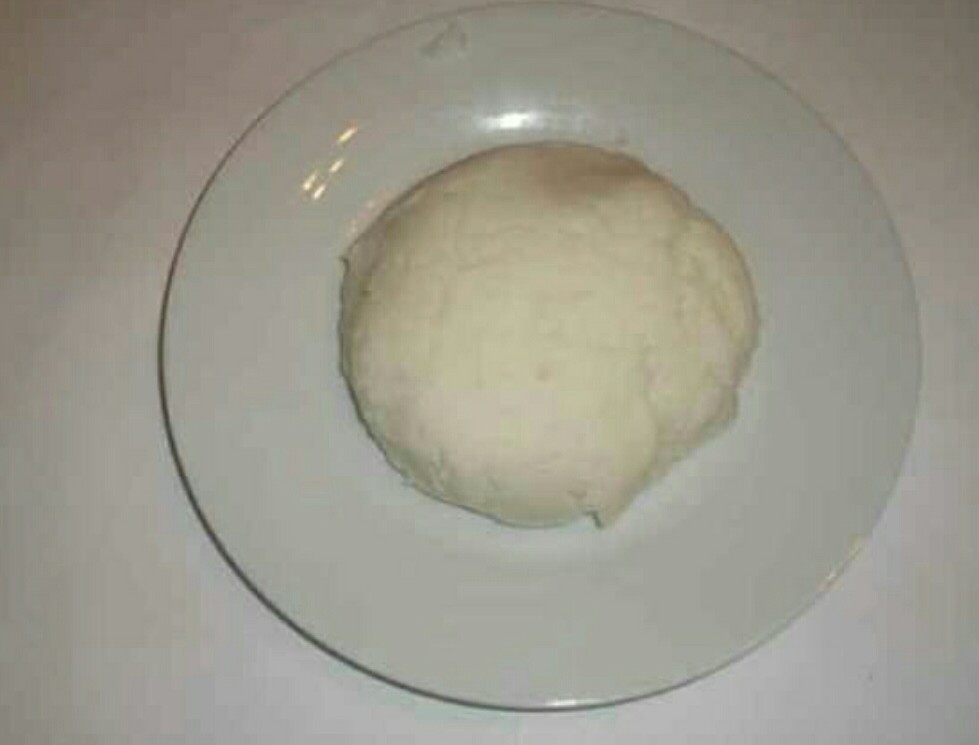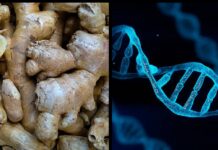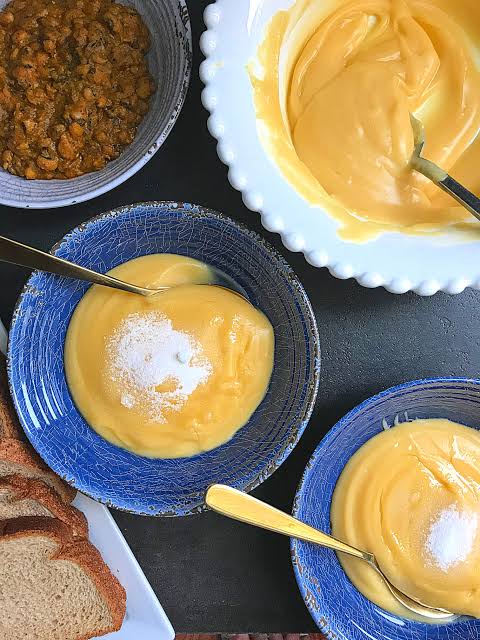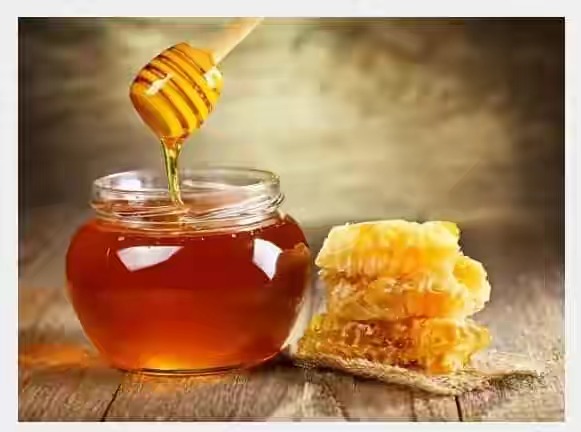HOW TO IDENTIFY PURE ORIGINAL HONEY AND FAKE HONEY/How To Differentiate between Pure And Adulterated Honey.
How can differentiate between good and poor quality honey, given that commercial brands now mix their honey with low-quality sugars to reduce production cost, and hence make more profits?
HOW TO IDENTIFY PURE ORIGINAL HONEY AND FAKE HONEY
You used to go to a store or the market to purchase a bottle of honey without worrying about whether the product you just bought is actually honey. But, unfortunately, you must be careful. Even though the honey may look like honey, it might just be adulterated honey, a fake. In fact, recently, a syndicate was busted in Saudi Arabia for converting used and discarded engine oil to honey just by adding sweeteners. Imagine the health challenges ‘engine oil turned honey’ can pose. Therefore, honey requires careful consideration before consumption.
Here a few tips to help you differentiate:
HOW TO IDENTIFY PURE ORIGINAL HONEY AND ADULTERATED ONE
You used to go to a store and purchase a bottle of honey without worrying about whether the product you just bought is actually honey. But, unfortunately, you must be careful. Even though the honey may look like honey, it might just be adulterated honey, a fake. Honey requires careful consideration.
Here a few tips to help you differentiate:
1. READ THE LABEL
Honest manufacturers will list all the ingredients on the container. If the honey is not pure, it should say so on the label, including the percentage of real honey (if any) that is in the bottle.
2. WATER TEST
Fill a glass of water and add one tablespoon of honey into the water. Pure honey will lump and settle at bottom of glass, but if the honey is adulterated and has been mixed with certain kinds of syrup, it will start dissolving in water. Most pure honeys, will stick together and sink as a solid lump, or remain stuck as a lump on the spoon.
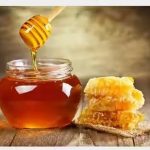
3. MATCH STICK OR CANDLE TEST
Dip a match stick or the wick of a candle into a bit of the honey, and shake off the excess. Strike the match stick or light the candle wick. Natural honey will light the match easily and the flame will burn off the honey. Fake honey will not light because of the moisture it contains. If it burns easily, then it probably is pure and has no water, syrup or other substances added. If it refuses to burn or makes a cracking sound instead, then the honey is not original.
4. BLOTTING PAPER OR A TISSUE PAPER TEST
Place a few drops of honey on a notebook paper or tissue paper. Pure honey would not perforate the paper for a long time. This is because real honey does not contain water (0%). If honey has been diluted with water, it may be absorbed or leave a wet mark on an absorbent material such as blotting paper. Pure honey should not be absorbed.
5. FINGER FEEL
Rub some between your index finger and thumb until it disintegrates (some will be absorbed into your skin; pure honey is a good skin regimen). Natural honey is not sticky, but it would not be the case if sugar or artificial sweetener is added. You can easily feel the difference after rubbing.
6. MICROWAVE OVEN TEST
Add 2 to 3 tablespoons “honey” in a microwave-proof bowl. Heat “honey” on high power until hot. Natural honey will caramelize quickly and will never become foamy. Adulterated and artificial one will become bubbly and difficult to caramelize.
7. FEEL IN YOUR THROAT TEST
Real honey will give you that “tingling” feel just before swallowing behind your mouth. Adulterated and artificial honey cannot achieve and give that sensation like real 🍯 would; you will be tasting and swallowing like ordinary sugar water.
8. SHELF LIFE TEST
Pure honey will crystallize over time. Adulterated one will remain looking like syrup, no matter how long it is stored.
9. SLICE OF BREAD TEST
Spread “honey” on a slice of bread. Natural honey will harden the bread in minutes. Adulterated and artificial honey will “wet” the bread because of the water content in it.
10. RAW EGG TEST
Mix it with an egg yolk (no white) in a bowl. Give the honey and yolk a good beat with a fork. If it is pure, the yolk will look like it’s been cooked after beating. The yolk will appear it has no affect from the artificial and adulterated honey — still looking raw.
11. HYDROXYMETHYLFURFURAL — HMF
Fructose is one of the main sugars in honey. It is broken down into HMF. HMF is formed slowly during storage or very quickly when it is heated. High levels of HMF means that the honey in question has been stored for long or heated. In addition, if honey is mixed with other sugars, particularly inverted sugars, its HMF content will be higher.
12. WATER CONTENT
Good quality honey has a low water content. With a high water content, greater than 20%, honey is likely to ferment and lose its freshness. When comparing two jars of honey, for quality of honey based on the amount of its water content, turn them upside-down and watch the air bubbles in them rise. Bubbles in the honey with more water content will rise faster. What’s more, honey with a high water content will soak through a paper more easily.
When riddled with impurities, low-quality 🍯 is detrimental health-wise. Now that you have the above information, protect yourselves by consuming only high-quality honey.
Don’t let fake honey prevent you from enjoying the real deal.
PUBLIC SPECIAL ANNOUNCEMENT !!!
HONEY AND ANTS
We often heard that if honey attracts ants. Is it a fake honey. Is it true?
The ant test for honey purity is a myth. Ants generally are attracted to sweet foods, and different species of ants (in different places) are attracted to different types of honey (that is depending on the floral varieties) in varying degree. Hence whether ants would be attracted depends on various factors including place (try changing storage place), ant species, honey varieties. (In fact, many beekeepers said ants loved their genuine honey!) To keep ants away, wipe the lid of the bottle clean and dry after each use as any drip may attract ants.
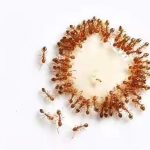
Research and Creative Kitchen


